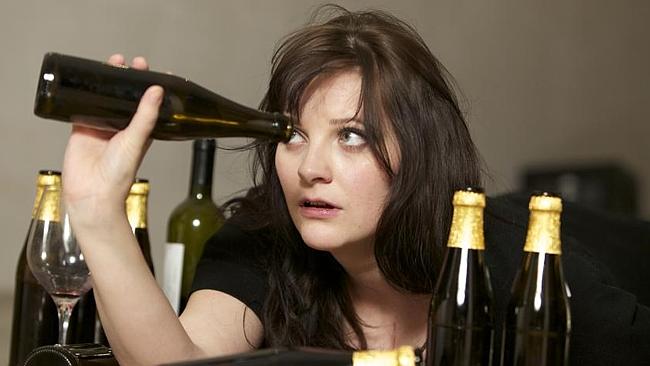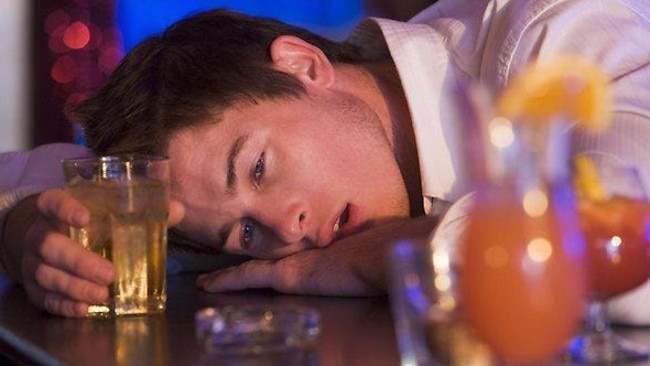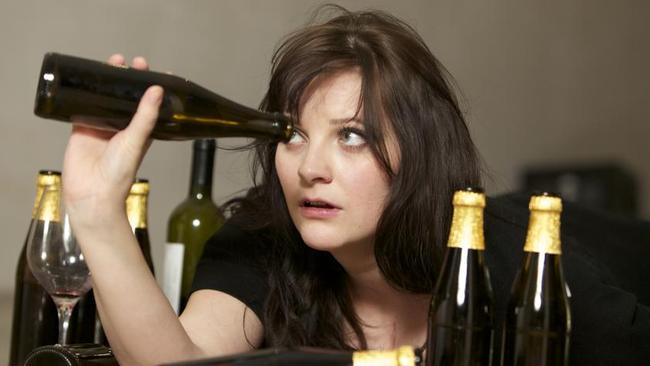How to find your ‘happy place’
WHERE is the happy place and how do you get there? Is it by taking a jog around the park? By going to work? Is it spending time with family?

WHERE is the happy place and how do you get there? Is it by taking a jog around the park? By going to work? Is it spending time with family?
You’d be surprised to know that the happy place is all in your head and all of these — or none of these — habits might get you there.
It just depends on what you’re wired to respond to.
Dr Matthew Bambling, senior lecturer in psychiatry at the Faculty of Medicine and Biomedical Sciences at University of Queensland says with conscious effort we can actually think ourselves to ‘the happy place’.

But that takes more practice for some than others depending on your nature and environment.
“Some people are good at saying ‘well, the cup is half full’,” he said.
“These people are generally able to manage stress levels better and be happier.”
The feeling of being happy is quite a complicated thing but generally when it was triggered our brains secrete feel-good neurochemicals and endorphins that act like opiates, Dr Bambling says.
“That stimulates receptors in the brain to give us the happy ‘hit’.
“Happy thoughts release the same chemicals.”

So does that mean there’s no wrong way to chase that happy feeling?
Dr Bambling said it really depended on the type of behaviour and its affect on your life overall.
“People who use substances, for example, deal with a lot of pain and unhappiness.
“They’re relying on something external because they don’t have other coping skills, they can’t do it for themselves,” he said.
“That’s what we try to give them in treatment to give them those coping skills.”

So what is happiness, and why do humans want it so badly?
Dr Bambling said one of the key factors in happiness was having realistic expectations.
Not necessarily an easy thing to do in today’s world with so many things in life to choose from.
“A hundred years ago things were more basic, we wanted simpler things and we had strong clear roles.
“Now we have a world where everyone can have everything and there’s instant gratification.
“We live in a time where people have never been more barraged with everything,” he said.
“At no other time in history have people had the expectations they have now.
“But when they become unrealistic that’s when we get into trouble,” he said.

Dr Bambling’s advice?
“Be realistic, be rational.
“We can’t control others, only ourselves.
The good news is there were some other key things that seemed to keep people happier, he said.
These included nourishing connections with other people and having meaning in your life.
“People with faith have a higher degree of happiness,” he said.
“There’s something about the human condition that needs meaning.”

Dr Bambling said exercise was also good for staying happy.
“For most people exercise is a great way of keeping happiness going.”
“Exercise works best while we keep doing it.”
“It’s good for the brain and helps create new brain cells. It lowers stress levels.
“On its own it may not be enough, but with other things it is actually very, very good,” he said.
“Problems aren’t going to go away, but we’re going to be able to manage them better.”

Dr Bambling said happiness was more about contentment or a general disposition than a destination.
“Happiness is not euphoria
“Elation doesn’t last long.
“Everyone has a baseline level,” he said. It’s just about finding where that is.
“There’s a lot to be said for taking a deep breath.
“It’s amazing what we notice when we get away from the busyness,” he said.
Wikihow has published a five-step guide on how to be in the happy place.



